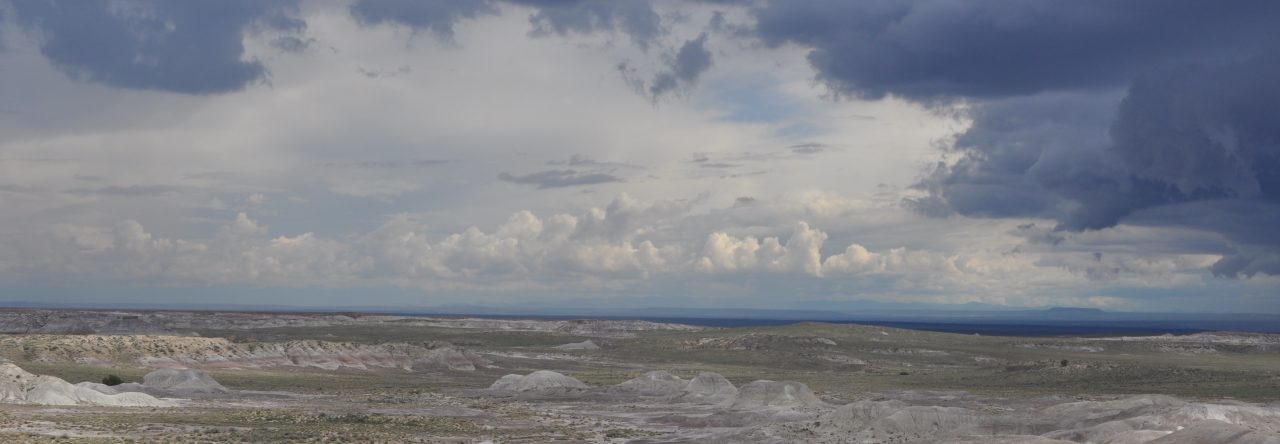
During the first week of August I conducted research at the Haskell Indian Nations University in Lawrence, Kansas. The school use to be Haskell Institute, one of several off-reservation Indian boarding schools in the United States.
In the late 1890s and early 1900s, government officials usually sent Hopi students to the Phoenix Indian School in Arizona, Sherman Institute in California, the Albuquerque Indian School in New Mexico, or Stewart Indian School in Nevada. While fewer Hopis attended Haskell, the school and the surrounding community continues to have an important role in Hopi history.
When I was not examining documents at the Haskell Cultural Center and Museum, I walked around campus and photographed the school’s buildings, including the stadium (pictured above). I also dropped by the Department of American Indian Studies and spoke with Comanche professor Michael Tosee. We talked at length about the school’s cross-country program and Hopi long distance runners.
My research trip to Haskell was very productive and I am especially grateful to Bobbi Rahder, Archivist and Curator of the Museum, for her help in providing me with access to the archival collections. The documents that I uncovered will be very meaningful to Hopi people.
Matthew Sakiestewa Gilbert
